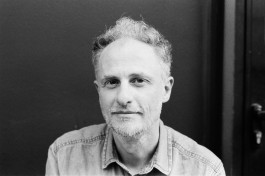'Ambientale' a group show focusing on the environment. Lab27
What impact does environmental change have on society and individuals? At this precise moment in history, awareness of the ability of human action to affect the planet on a global/local scale is at the highest levels in the scientific community and rampant in public opinion. The term Anthropocene, introduced by the chemist and Nobel Prize winner Paul Crutzen to define the current geological era, has made its way into the shared dictionary. Yet the challenges to be solved are overwhelmingly urgent. A conflictual gap is growing with the new generations who observe an "adult" class unable to take the issue seriously. The consequences of this "shared impasse" are evident and show all their intensity in the frequent calamitous events disseminated in the media, in the perennial state of pollution of cities and urbanized countryside, in the disappearance of biodiversity, including cultural biodiversity, in migratory pressures, in the fragility in general of the human species increasingly allergic to its surroundings. We propose a selection of works that invite us to face the complexity of what is at stake, glimpse possible perspectives, isolate themes for further study, and encourage dialogue and debate as far as possible. The title, therefore, leverages the adjective "environmental" to decontextualize the ordinary meaning and try to see inside it. Works by Tolga Akbaş, Simon Carruthers, Noah Addis, Mia Carolina Rogersdotter, Julius C. Schreiner, Miguel Novais Rodrigues, Diego Brambilla, Silvia Mangosio, Giuseppe De Santis and Giuseppe Dipace.
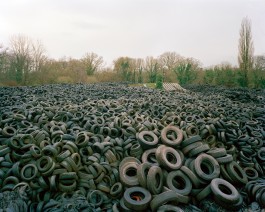
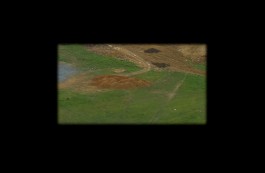
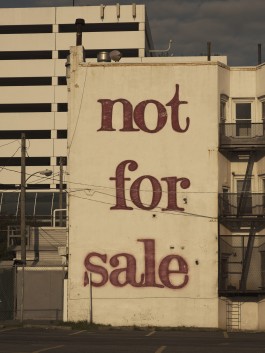
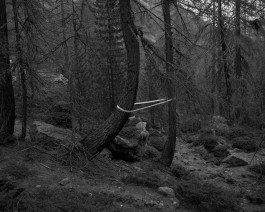
'Ambientale' a group show focusing on the environment. Lab27
What impact does environmental change have on society and individuals? At this precise moment in history, awareness of the ability of human action to affect the planet on a global/local scale is at the highest levels in the scientific community and rampant in public opinion. The term Anthropocene, introduced by the chemist and Nobel Prize winner Paul Crutzen to define the current geological era, has made its way into the shared dictionary. Yet the challenges to be solved are overwhelmingly urgent. A conflictual gap is growing with the new generations who observe an "adult" class unable to take the issue seriously. The consequences of this "shared impasse" are evident and show all their intensity in the frequent calamitous events disseminated in the media, in the perennial state of pollution of cities and urbanized countryside, in the disappearance of biodiversity, including cultural biodiversity, in migratory pressures, in the fragility in general of the human species increasingly allergic to its surroundings. We propose a selection of works that invite us to face the complexity of what is at stake, glimpse possible perspectives, isolate themes for further study, and encourage dialogue and debate as far as possible. The title, therefore, leverages the adjective "environmental" to decontextualize the ordinary meaning and try to see inside it. Works by Tolga Akbaş, Simon Carruthers, Noah Addis, Mia Carolina Rogersdotter, Julius C. Schreiner, Miguel Novais Rodrigues, Diego Brambilla, Silvia Mangosio, Giuseppe De Santis and Giuseppe Dipace.




